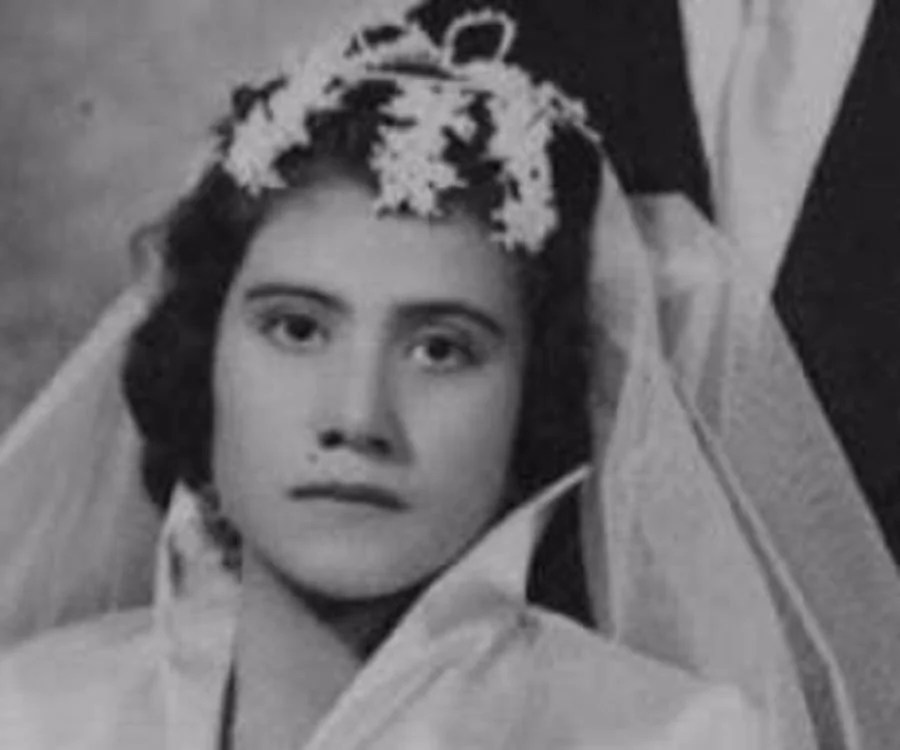The Girl Who Became A Mother At Age 5
In the annals of history, few stories are as shocking and perplexing as that of Lina Medina. Born on September 23, 1933, in a small Peruvian town, Lina's life took an unexpected turn that would capture the attention of the world. At a tender age, she became the youngest confirmed mother in medical history, giving birth to a child when she was just five years old. Her story raises numerous questions about childhood, medical anomalies, and the societal implications of such a rare occurrence. As we delve into her life and the events surrounding it, we will uncover the layers of this extraordinary tale.
Lina's journey began in a humble setting, where her family struggled to make ends meet. Little did they know that their daughter would soon be thrust into the spotlight, forcing society to confront uncomfortable truths about innocence and exploitation. The circumstances surrounding her pregnancy were shrouded in mystery, leading to intense speculation and widespread media coverage. This article aims to explore Lina Medina's life, the events leading to her unprecedented motherhood, and the implications of her story on society.
As we navigate through the life of Lina Medina, we will also consider the cultural context of her story. What does it mean for a child to bear the responsibility of motherhood? How did this event reshape societal views on childhood and family? Join us as we unravel the captivating and troubling narrative of Lina Medina.
Who is Lina Medina?
Lina Medina is a name that resonates with shock and intrigue. She is recognized as the youngest confirmed mother in medical history, a distinction that has sparked debates on various topics, including child welfare, medical ethics, and societal norms. Born in a time when such occurrences were rare, Lina's life serves as a pivotal point in discussions about the challenges faced by young girls worldwide.
What led to Lina Medina becoming a mother at such a young age?
The circumstances surrounding Lina Medina's pregnancy are both tragic and perplexing. At the age of five, she was taken to a hospital in Lima, Peru, due to a suspected tumor in her abdomen. However, doctors soon discovered that she was actually pregnant. The father of her child has never been confirmed, but speculation suggests that her own father may have been involved, leading to her pregnancy. This revelation has raised numerous ethical questions and highlighted the need for better protection of vulnerable children.
What are the medical implications of Lina's case?
Lina's case is not just a shocking anomaly; it also presents several medical implications. Her early pregnancy was attributed to a rare condition known as precocious puberty, where a child's body begins to develop sexually at an unusually young age. This condition is extremely rare, and Lina's ability to conceive at such a young age has led to further research into the biological and psychological effects of early motherhood.
What are the personal details and bio data of Lina Medina?
| Detail | Information |
|---|---|
| Name | Lina Medina |
| Date of Birth | September 23, 1933 |
| Place of Birth | Pueblo Libre, Lima, Peru |
| Notable Achievement | Youngest confirmed mother in medical history |
| Child's Name | Gerardo Medina |
| Current Status | Living in anonymity in Peru |
How did society react to Lina Medina's story?
The reaction to Lina Medina's story was a mixture of disbelief, horror, and fascination. Media outlets around the world covered her story extensively, drawing both sympathy and criticism. Many questioned the role of her parents, particularly her father, in the circumstances leading to her pregnancy. The case sparked debates about child exploitation and the responsibilities of society in protecting its most vulnerable members.
What became of Lina and her child?
Lina gave birth to a healthy baby boy named Gerardo on May 14, 1939. Despite the unusual circumstances of his conception, Gerardo was raised by Lina's family, and Lina herself continued to live a relatively normal life despite the notoriety that followed her. As Gerardo grew older, he was largely shielded from the media attention that surrounded his mother. Unfortunately, Gerardo passed away at the age of 40 due to a medical condition, but Lina's story lives on as a poignant reminder of the complexities of childhood and motherhood.
What lessons can we learn from Lina Medina's life?
Lina Medina's story serves as a critical lens through which we can examine societal attitudes toward children, especially girls. It raises awareness about the importance of education, protection, and advocacy for children's rights. By understanding the challenges Lina faced, we can better address the issues surrounding child welfare and strive to create a society where children can thrive without the threat of exploitation.
How has Lina's story influenced modern discussions on childhood and motherhood?
Today, Lina Medina's story continues to resonate in discussions about childhood development, the importance of education, and the need for robust child protection laws. Her case is often cited in debates surrounding early marriage and child labor, highlighting the need for awareness and action to prevent similar situations from occurring in the future. As we reflect on Lina's life, we are reminded of the importance of advocating for the rights of children everywhere.
Why is it important to remember Lina Medina's story?
Remembering Lina Medina's story is crucial not only for historical context but also for current and future generations. It serves as a reminder of the vulnerabilities that children face and the importance of safeguarding their rights. By sharing Lina's story, we contribute to a collective consciousness that prioritizes the protection of children and advocates for a world where every child can grow up in a safe and nurturing environment.



ncG1vNJzZmivp6x7s7HBnqOrmZ6YtbjFzmeaqKVfnru0tcahq6xpYGS5qrrAZqSenJmjrm%2B006aj